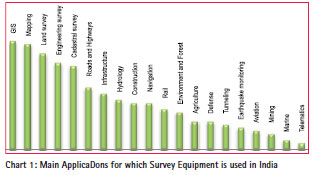AAM and JTRS Registered Surveyor have recently completed the data acquisition phase of Singapore Land Authority’s (SLA) 3D Map project.
China’s Beidou Navigation Satellite System had its performance standard ratified by the International Maritime Organization.The ratification marked the first time…
In a recent FCC filing, the Telecommunications Industry Association said that indoor positioning technology is not sufficiently developed to support ongoing wireless E-911 location accuracy requirements…
The GSA and Rx Networks Inc have announced the results of tests conducted by the company measuring the performance of Galileo when used in various combinations with GPS and GLONASS.
















 (5.00 out of 5)
(5.00 out of 5)